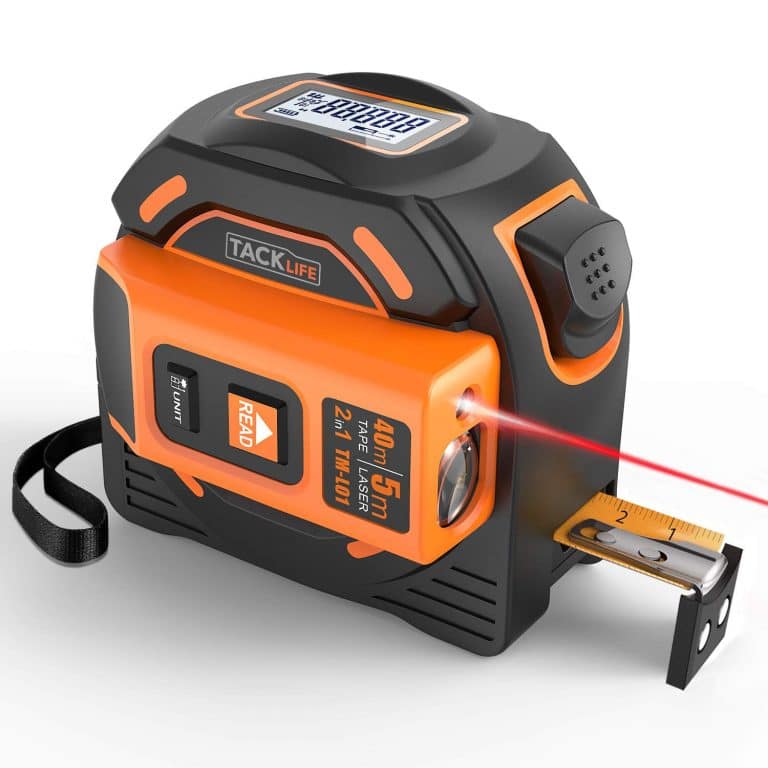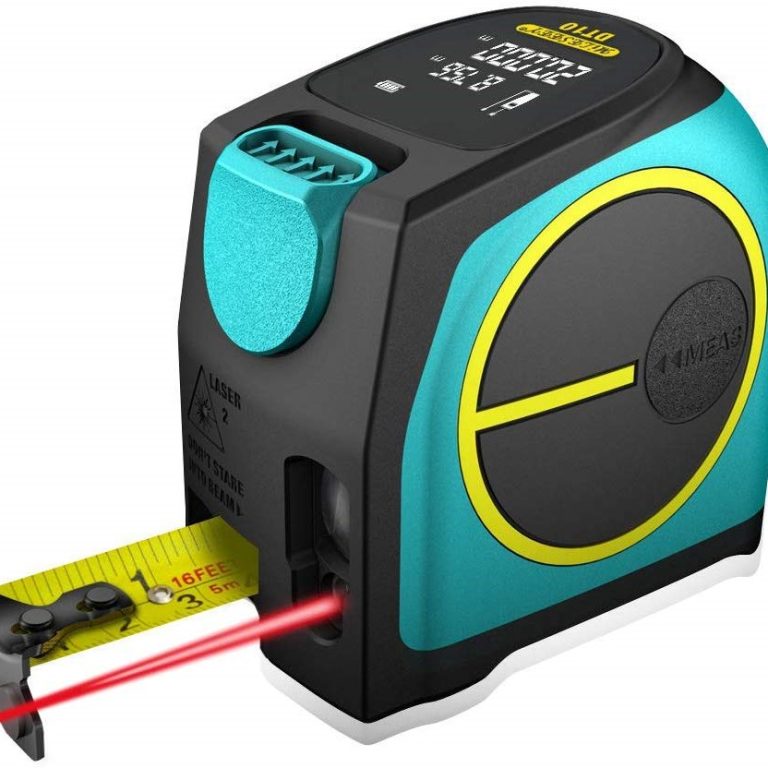
Power Screwdriver for Your Toolbox: Essential Tips
In today’s era of DIY projects and home improvement, having the right tools is essential, and a power screwdriver is no exception. This versatile tool can simplify a variety of tasks, from assembling furniture to completing intricate woodworking projects. Understanding the different types and features of power screwdrivers will help you make an informed decision and ensure you choose the right one for your toolbox. This article will guide you through the essential considerations for selecting a power screwdriver, focusing on the various features, types, and practical uses that meet your specific needs.
Types of Power Screwdrivers
Choosing the right power screwdriver means understanding the different types available. There are several to consider, each with its own strengths.
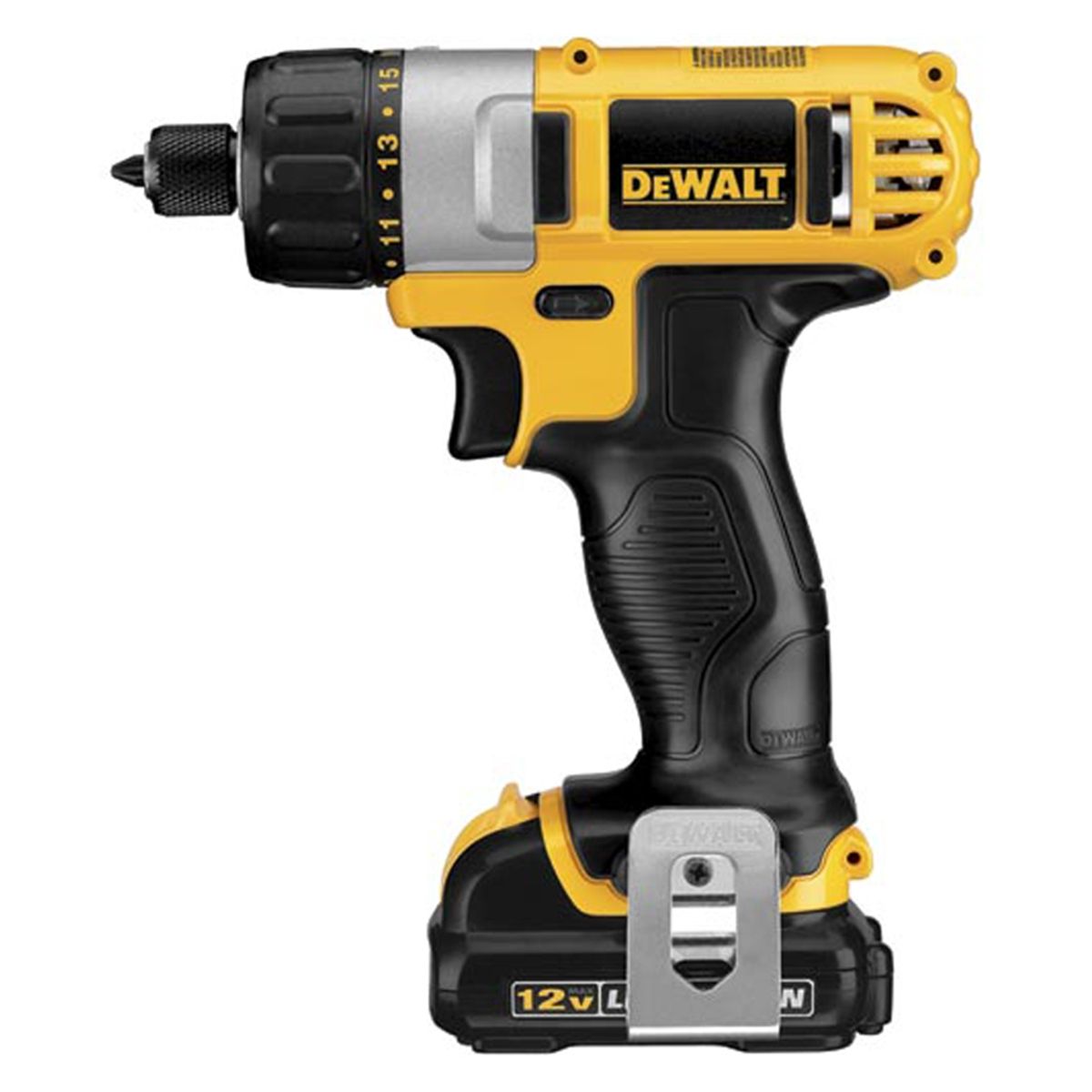
- Straight Power Screwdrivers — These are like your standard screwdriver but with a motor. They are great for basic tasks and are usually compact and easy to handle.
- Pistol Grip Power Screwdrivers — Pistol grip models are shaped like a gun, making them comfortable to hold and use. They often come with more power and features.
- Cordless Screwdrivers — These are very convenient for their portability. They run on batteries and are perfect for jobs with no easy access to power outlets.
- Corded Screwdrivers — Offering consistent power, corded models are ideal when you have a lot of screws to drive and are near a power source.
- Impact Drivers — Impact drivers are a much more powerful type of power screwdriver. They deliver more torque, which is good for tough jobs or driving long screws into hardwood.
- Drill Drivers — These dual-function tools not only drive screws but can also drill holes. They are versatile and useful for many DIY tasks.
When selecting a power screwdriver, think about the tasks you’ll tackle. For simple home repairs, a straight or pistol grip screwdriver might be enough. For more demanding jobs or professional work, an impact driver or drill driver might be necessary. The choice you make should align with your needs and the type of work you plan to do. Make sure the ‘power screwdriver’ you choose has the features that matter most to you.
Key Features to Look for
When shopping for a power screwdriver, certain features can enhance your work experience and efficiency.
- Voltage Rating – This determines the power level. Higher voltage means more torque and can handle tougher jobs.
- Battery Indicator – For cordless models, a clear battery life indicator helps plan your work without interruptions.
- Speed Control – Adjustable speed settings give you control for different screwing tasks.
- Torque Adjustment – This allows precision. Set it to match the resistance of the material you’re working with.
- Comfortable Grip – A good grip reduces fatigue. Look for an ergonomic design that’s easy to hold.
- Clutch – A clutch prevents stripping screws or damaging surfaces by cutting off the power when it reaches a set resistance.
- LED Light – Illuminates your work area, helpful in low-light conditions.
- Magnetic Bit Holder – Keeps screws in place and makes your job easier.
- Reversible Function – A reverse switch is handy for removing screws without extra tools.
Considering these features will help you find a power screwdriver that is reliable, comfortable to use, and suited to a variety of tasks.
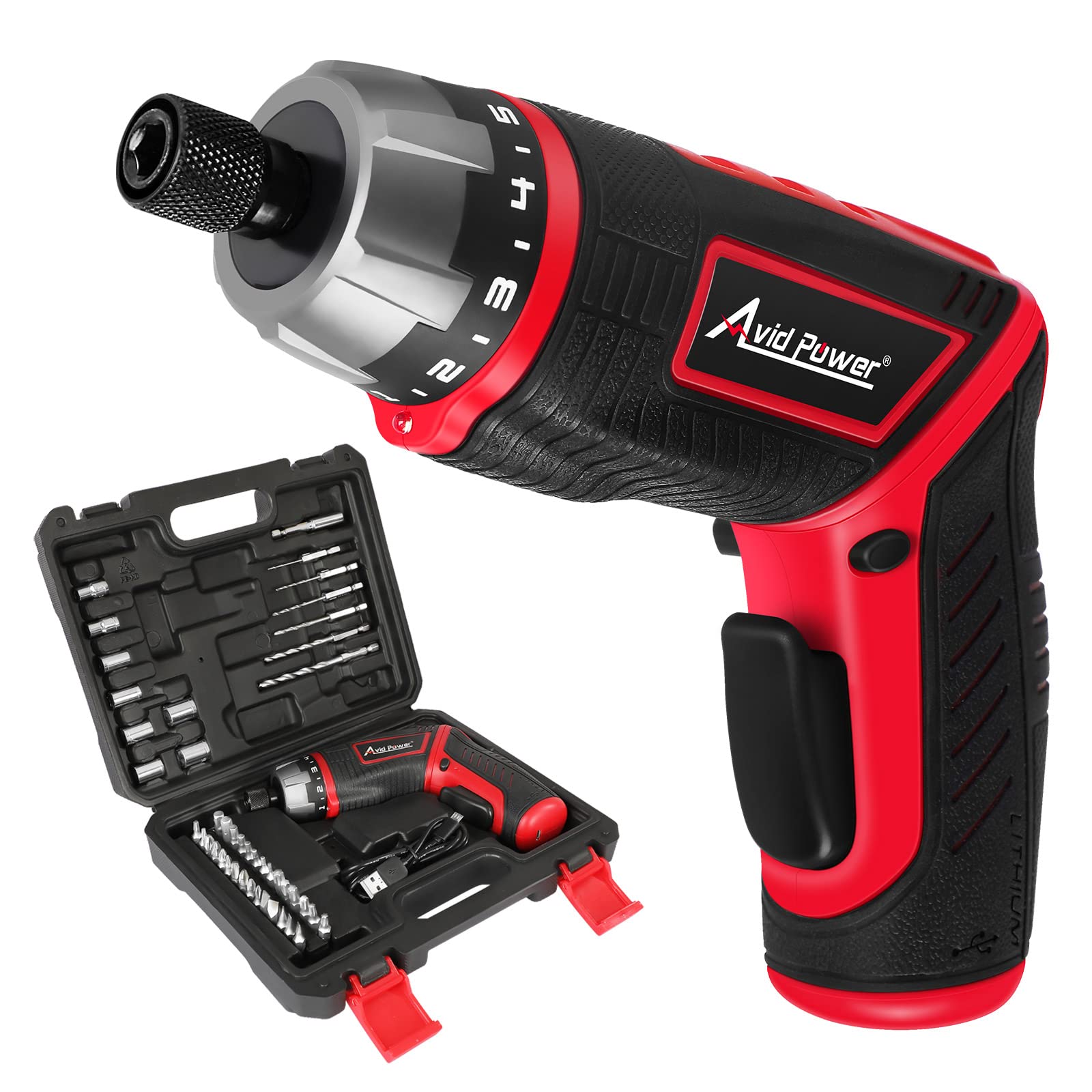 Corded vs. Cordless Power Screwdrivers
Corded vs. Cordless Power Screwdrivers
When selecting a power screwdriver, the choice between corded and cordless models is key. Each has benefits and drawbacks tailored for different work environments.
Corded Power Screwdrivers
Corded screwdrivers deliver steady power for sustained use. They’re great for lengthy tasks where consistent torque remains a must. With no batteries, they save on the weight and bulk cordless models carry. They’re ideal when working near outlets, as you won’t worry about battery decline.
Corded options tend to be more powerful. They can tackle tough, dense materials with ease. No charging means they’re always ready. However, their range is limited by cord length, and they’re less portable.
Cordless Power Screwdrivers
Cordless screwdrivers offer supreme flexibility. You can carry them anywhere, free from the need for an electrical outlet. This makes them perfect for jobs in tricky spots or on the go.
They’re lighter than their corded counterparts and offer a clutter-free workspace without trailing cables. But, battery life is a consideration. Working through big projects might mean pausing to recharge or swap batteries. Voltage rating is vital too, with higher voltage for tougher tasks.
They vary in power, with higher-end models matching the might of corded ones. Yet, advanced features often mean a higher price tag. Choosing between corded and cordless boils down to your specific needs, work location, and task duration.
Power and Performance Considerations
When you’re in the market for a power screwdriver, performance is a critical aspect. A screwdriver’s ability to do its job well hinges on its power output and its performance under various conditions. Here are key considerations to keep in mind:
- Voltage and Torque: The voltage of a screwdriver hints at its strength. Higher voltage means more power and torque, making it suitable for tougher tasks.
- Motor Type: Look for a high-quality motor that promises durability and efficiency. A better motor equates to better performance.
- Variable Speed: This feature is essential for precision. It allows you to adjust the speed to match the task at hand. The right speed can prevent damage to materials and screws.
- Tool Weight: Lighter tools are easier to use, especially for longer periods. However, the weight should not compromise the tool’s robustness. A well-balanced screwdriver can reduce strain on your hands and wrists.
- Performance Under Load: A screwdriver must maintain its performance even when under pressure. Choose a model that holds up well while driving screws into tough material.
Remember, a higher-priced power screwdriver doesn’t always mean better performance. Examine the specifications carefully, and consider how they align with your needs. A well-performing tool increases work efficiency and outcomes, ensuring that your investment is worth it.
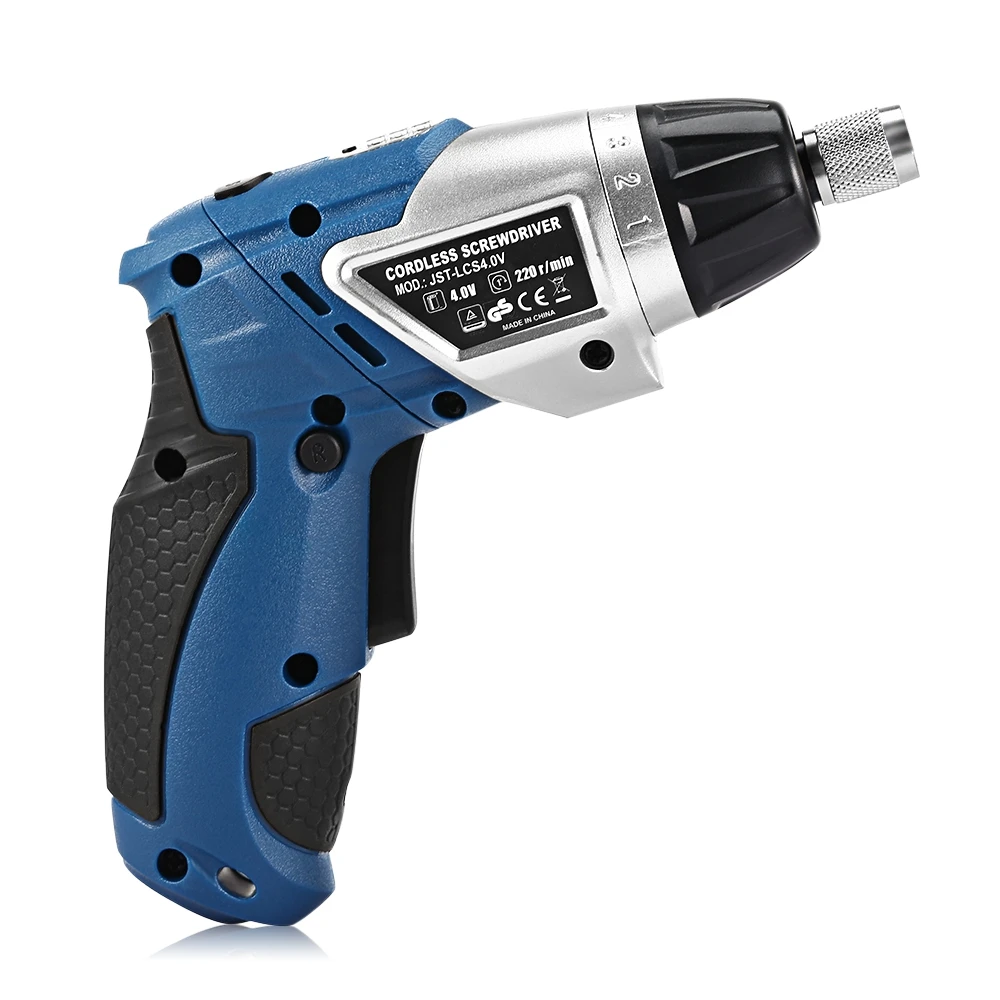 Battery Life and Charging Options
Battery Life and Charging Options
When choosing a power screwdriver, the battery life and charging options are significant factors to consider. Here are some insights to guide you:
- Battery Longevity: Look for screwdrivers with long-lasting batteries to ensure you can complete tasks without constant recharging. Battery life varies with voltage and capacity.
- Charging Time: Some screwdrivers have quick-charging features, allowing you to get back to work faster. Consider the charging time when purchasing.
- Battery Indicator: A clear indicator of battery life on the power screwdriver helps prevent unexpected downtimes. It allows you to manage your work more efficiently.
- Interchangeable Batteries: Many cordless models come with the option to use interchangeable batteries. Having a spare charged battery ensures uninterrupted work.
- Voltage Compatibility: Make sure that the charging system and the battery are compatible with the voltage you require for your tasks.
- Type of Battery: Lithium-ion batteries are common due to their light weight and long life. Compare battery types for the best performance and value.
In summary, for effective use of a cordless power screwdriver, prioritize models with robust battery life, fast charging times, and reliable indicators. Interchangeable batteries can also add to your efficiency, ensuring you never have to pause work for long. Take into account voltage compatibility and the type of battery to get the most out of your tool.
Understanding Torque and Speed Settings
When choosing a power screwdriver, torque and speed settings play a critical role. These settings directly impact the tool’s effectiveness in various tasks.
Torque Settings
Torque is the force that drives the screw into a material. Here’s how to understand the torque settings:
- Adjustability: Look for a screwdriver with an adjustable torque. It lets you match the force to the job.
- Higher Torque: A higher torque setting works best for tougher materials.
- Save Materials: Proper torque prevents damage to materials and screw heads.
Always select the right torque to avoid stripping screws or damaging the workpiece. Remember, more power does not always mean better performance.
Speed Settings
Speed settings determine how fast the screwdriver turns a screw. Here’s why speed matters:
- Variable Speed: Variable speed controls allow more precision for different tasks.
- Slow Speed: Use a slow speed for delicate materials to avoid damage.
- Fast Speed: A faster setting is better for quick, repetitive tasks.
The optimal speed depends on the task and the material. It can make the work accurate and efficient.
By understanding torque and speed settings, you can ensure your power screwdriver performs its best for any given task. It’s about balancing power and precision to get the job done right.
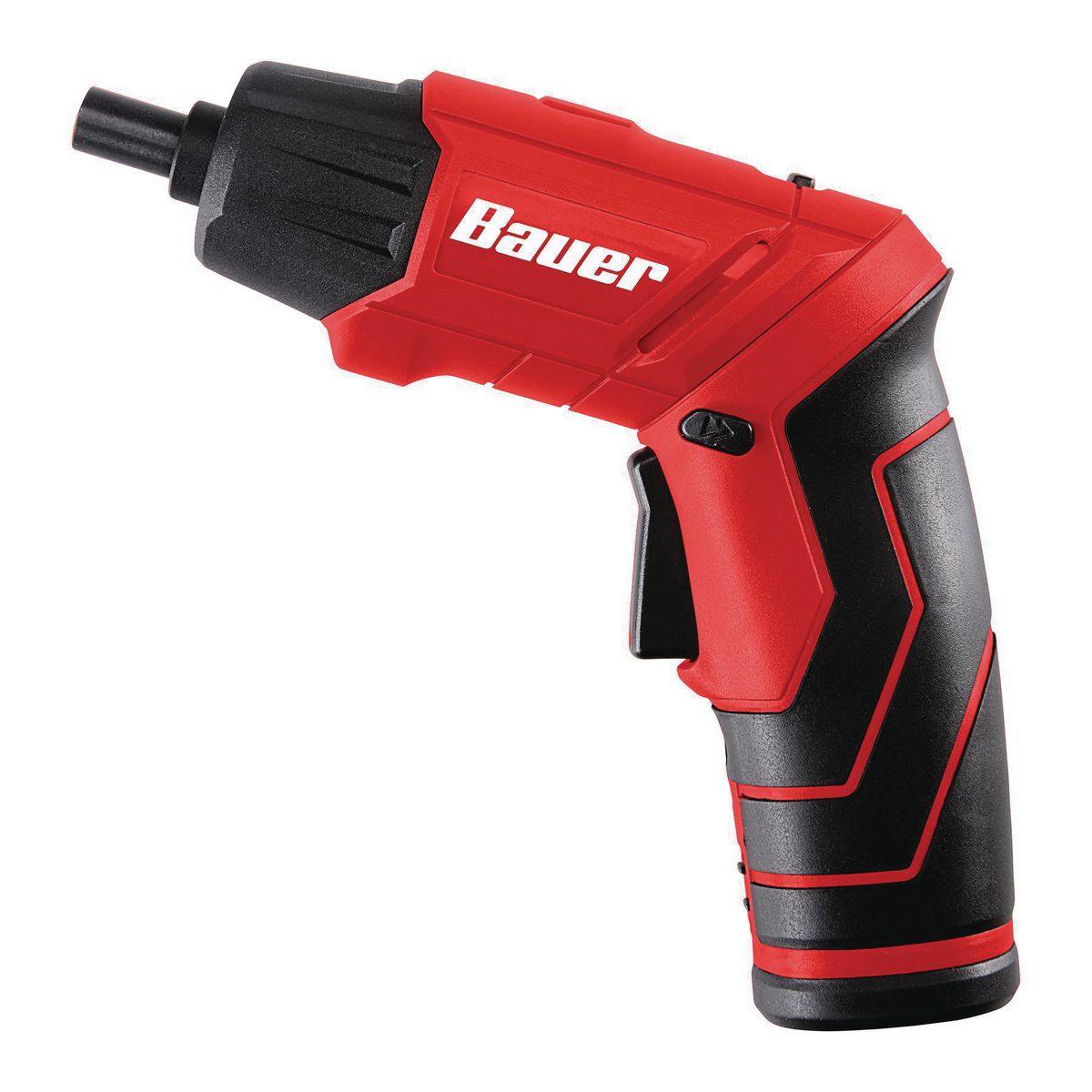 Popular Brands and Models
Popular Brands and Models
Choosing the right power screwdriver is also about selecting from popular brands that are known for quality and reliability. Here are some of the well-regarded brands and models:
- DeWalt — Known for their durable and high-performing tools, their screwdrivers are a favorite in the professional space.
- Milwaukee — Offers innovative and heavy-duty power screwdrivers that meet the needs of serious DIYers and professionals alike.
- Bosch — Bosch screwdrivers stand out for their precision and are often praised for their ergonomic designs.
- Makita — Makita’s power screwdrivers are user-friendly and efficient, making them suitable for a variety of tasks.
- Ryobi — Provides great value with a versatile range of cordless models that are perfect for home use.
- Black & Decker — Targets the casual user with affordable and simple-to-use screwdrivers.
While considering a power screwdriver, look for models that have garnered positive user reviews for performance, comfort, and durability. For example, models with brushless motors tend to be more efficient and have a longer life. The DeWalt 20V Max XR and the Milwaukee M4 are examples of models that combine power, ergonomics, and advanced features.
When selecting a model, consider how it fits your hand, its weight, and battery life. Make sure the power screwdriver you choose has the torque and speed settings needed for your projects. It’s not just about the brand; it’s about how the tool fits your specific needs.
Accessories and Attachments
When choosing your power screwdriver, consider the variety of accessories and attachments available. These extras can extend the versatility and efficiency of your tool. Here are accessories to look out for:
- Bit Sets: A comprehensive bit set ensures you’re ready for any screw type.
- Extension Bars: These help you reach screws in deep or awkward spaces.
- Angle Adapters: Angle adapters are priceless for working in tight corners.
- Bit Holders: Keep bits organized and within easy reach.
- Drill Bits: For drill driver models, different sized drill bits open up more possibilities.
- Storage Case: Protect your screwdriver and accessories with a sturdy case.
Select attachments that match your needs and the tasks you frequently handle. Always check compatibility with your power screwdriver model. Quality attachments can save time and enhance your workflow.
Safety Tips for Using Screwdrivers
Safety should always be a top priority when using any power tool, including your power screwdriver. Here are essential safety tips to keep in mind while working:
- Read the Manual: Always read the user manual. It contains specific safety advice for your model.
- Wear Protective Gear: Use safety glasses to protect your eyes and gloves to protect your hands.
- Check the Tool: Before use, inspect your screwdriver for damage. Do not use a damaged tool.
- Work Area: Keep your work area clean and well-lit to avoid accidents.
- Handle with Care: Grip your power screwdriver firmly and maintain control at all times.
- Be Mindful of Others: Make sure others, especially children, are at a safe distance.
- Secure Materials: Clamp down the materials you’re working on to prevent slipping.
- Avoid Distractions: Focus on the task. Distractions can lead to accidents.
- Remove Bits When Not in Use: Take out any bits or attachments when the tool is idle.
- Store Safely: When not in use, store your power screwdriver in a secure place.
Proper safety practices prevent injuries and ensure a longer life for your tool.
 Conclusion: Elevating Your DIY Experience
Conclusion: Elevating Your DIY Experience
Choosing the right power screwdriver is an essential step toward enhancing your DIY experience. By understanding various types of screwdrivers, key features, practical applications, and maintenance tips, you can confidently tackle any project that comes your way. Proper use of a power screwdriver can save you time and effort, ensuring that your work is not only efficient but also enjoyable.
Embrace the journey of skill development and equipment mastery, and enjoy the countless possibilities that lie ahead as you dive deeper into the world of DIY home improvement. With the right tools and knowledge, you can turn every project into a success! So gear up, grab your power screwdriver, and get ready to create something amazing. Happy DIY-ing!
